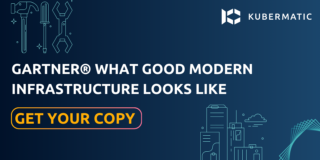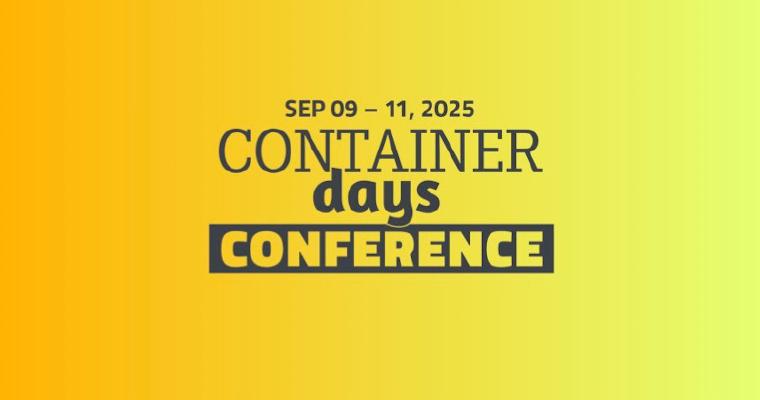The digital landscape in Europe is poised for a significant shift with the emergence of the NIS2 Directive. The landscape of digital transformation intertwines with cybersecurity’s evolution. Governments worldwide are taking strides to safeguard critical infrastructures from cyber threats. This directive, aiming to bolster cybersecurity and resilience, specifically affects Kubernetes users. In this blog post, we’ll delve into the core implications of NIS2 on container security and why it’s crucial for Kubernetes enthusiasts across Europe to take notice.
Understanding NIS2
The NIS2 Directive stands as a landmark regulation addressing cybersecurity and digital infrastructure across the European Union. Its primary objective is to enhance the overall security posture of critical entities and digital service providers, with a specific focus on containerized environments and Kubernetes ecosystems. For European businesses NIS2 compliance could entail substantial investments in security tools and processes to meet elevated cybersecurity standards. This poses a challenge, particularly for mid-sized organizations with resource constraints.
Impact on Container Security
The NIS2 directive has profound implications for container security within Kubernetes environments. It places stringent requirements on incident reporting, risk management, and cybersecurity capabilities. Companies leveraging Kubernetes for their operations need to align with these directives, ensuring compliance and robust security measures within their containerized infrastructure.


Key Considerations
Enhanced Incident Reporting
NIS2 mandates timely incident reporting, emphasizing the need for prompt detection and response to security breaches within Kubernetes clusters.
Strengthened Security Measures
Organizations utilizing Kubernetes must elevate their security measures, ensuring encryption, authentication, access control, and continuous monitoring to align with NIS2 standards.
Compliance Challenges
Adhering to the NIS2 Directive presents compliance challenges, especially for enterprises operating intricate containerized environments. Ensuring alignment while maintaining operational agility becomes imperative.
Conclusion
As NIS2 transforms the cybersecurity landscape across Europe, Kubernetes users face a pivotal moment in bolstering their container security measures. Proactive steps to align with these directives will not only ensure compliance but also fortify the overall security posture of containerized environments.






